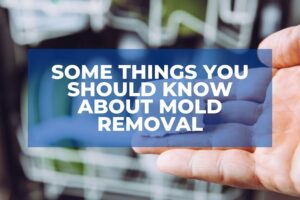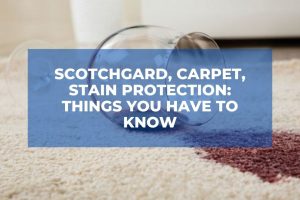A clean and safe environment is vital for healthy living but with the presence of different bacteria, this can be difficult. This is because they are invisible to the human eye and discharge spores into the atmosphere which sets off serious health concerns when inhaled. Although it plays an important role in the ecosystem it shouldn’t be found in the home.
Mold is a fungus that grows in the form of multicellular filaments called hyphae. It is made up of smaller organisms that are easily found anywhere. They are useful outdoor in breaking down waste and composite materials but are very harmful to health when found indoors. They need moisture or wet surfaces to survive and come in various colors. They however cannot grow without the right conditions.
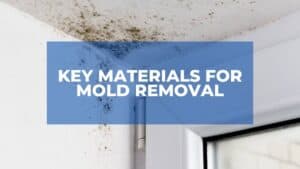
Exposure to this bacterium causes irritation or allergic reactions and needs to be removed immediately. Early detection and removal are necessary to curtail its spread. If you live in or around Denver, you can find a Denver mold removal company to help with the identification as well as removal of this bacterium. One sure way to prevent or eradicate its growth entirely is to reduce moisture in the house.
Quick Navigation
Types Of Mold
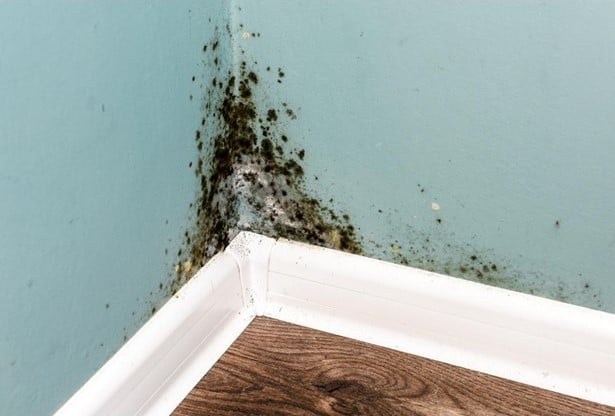
This fungus is often classified according to those found indoor and outdoor. Several types can grow in the same space and you may be unable to tell the difference. They are all harmful to health and should be gotten rid of.
Aspergillus
This kind doesn’t require much ventilation but survives more in attics, fabrics, walls, dry food items, and in the basements. It is usually powdery in appearance and can be white, green, or gray accompanied by dark spots. Although it has many carcinogenic varieties, it causes major respiratory issues when found inside the home.
Cladosporium
This is found in cool and warm laces. It can also be found on carpets, fabrics, wood, cooling, and heating ducts. It is usually black, brown and green.
Penicillium
It is fuzzy and can be green, blue, or yellow. Commonly found in basements, insulations, and under carpets. Wherever a water-damaged structure is located, it is usually there. Penicillin which is an antibiotic is gotten from it. For more information about penicillin, you can read this article.
Alternaria
Although it is mostly found outdoors, it can also be near windows, in fabrics, bathrooms, kitchens, air conditioners, and wallpapers. This fungus comes in white with black spots.
Trichoderma
This fungus is naturally creamy-white in color and changes to green when discharging spores. Its favorite places are windows, kitchens, bathrooms, and wood.
Stachybotrys Chartarum
Popularly called black mold, it thrives on things containing high cellulose content. Gypsum board, fiberboard, and paper are some common places. It is greenish-black in color.
Key Materials For Mold Removal
Several tools are required for removing mold depending on the size of the fungus and the type of surface being cleaned. There are also natural cleaning solutions that can be used to remove it. They are environmentally friendly and safe.
Plastic Sheet
This is used to demarcate the affected area from other rooms to prevent spores from transferring into other places. It is used with duct tape to hang the sheets and block openings to doorways, air vents, and the rest of the house. Dropcloth can also be used in place of the sheet.
Biocide
In eliminating mold, it is vital to use a cleaning agent of high quality. Using substandard or regular household bleach or cleaner will only hide the fungus. Biocide is very effective in killing and inhibiting the growth of this bacterium.
Dehumidifier
This eliminates moisture and avoids future growth. It is better used after the cleanup process to air the place and to rid it of any moisture left but equally acts as a preventive measure. A portable one can also be kept in an area or room with humidity issues.
White Vinegar
Despite being strong, it is very effective in eliminating fungus. It can be mixed with baking soda, hydrogen peroxide, and lemon juice. When using it, however, wear protective equipment such as gloves, goggles, and a breathing mask. Apply it on the surface by spraying it. Wipe the place with a clean wet cloth to remove the mixture.
Sodium Bicarbonate
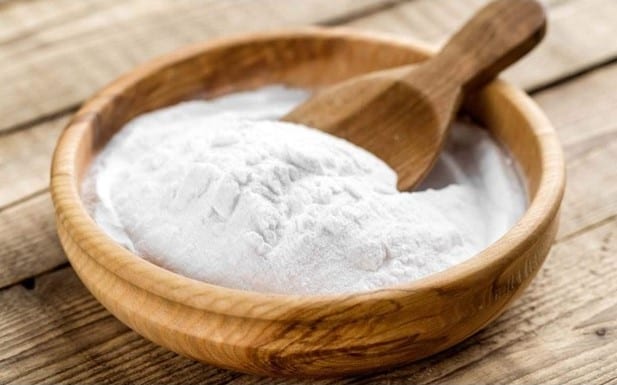
Popularly called baking soda, its uses are versatile and this includes getting rid of the fungus. It should be mixed with water or vinegar and sprayed on the affected surface. Scrub with a brush after spraying, rinse the place and spray again. It is however not as aggressive as vinegar therefore may not work on all types.
Lemon Juice
This natural cleaner is effective, non-toxic, and leaves a refreshing aroma. Begin by using soap and water before spraying the solution. It can also be used as a daily cleaner to prevent fungus. It is an ideal choice because it is safe both for the environment and pets. It can also be combined with other natural solutions for better results.
How To Prevent Mold
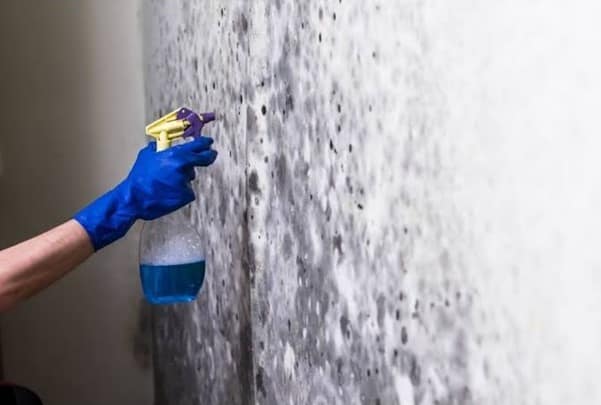
Mold grows both in and out of the house. Moisture, lack of airflow, and darkness are some of the factors that allow it to thrive. It causes physical damage and is also hazardous to the health. It is easier however to prevent than to correct it. Here are some of the ways to do so.
Frequent Checks
Although they may be found in open areas, sometimes, they also grow in hidden places. This means regular checks should be carried out on damp, dark places such as basements so it can be nipped in the bud.
Fix Leaks
When there is a leak from the pipes or faucets fix it quickly and ensure the place is completely cleaned and dried. Also, inspect underneath drains and pipes from time to time. Areas, where liquids are kept, should equally be checked since they can leak or drip from their containers.
Use Cleaners
While it is important to always give your home a deep cleaning, you should do this using agent that prevents mold. This includes natural cleaners such as white vinegar, natural lemon, baking soda, and other citrus-based solutions. Leaving some solution on the surface will also discourage fungus from growing there and leave it smelling fresh.
Allow Sunshine
Open up the blinds, windows, and curtains and allow the sunshine in. Natural light and moving fresh air are enemies to mold and greatly inhibit its growth. Ceiling fans are quite helpful too. Doing this constantly will reduce or prevent mildew from surviving. You need to know that mold affects human health hence the need for the total prevention. If you need more information about how it affects human health, you can check here: https://www.cdc.gov/mold/faqs.htm
Conclusion
Always check for cracks, damage, or leaks in the roof, pipes, bathroom, and foundation. Carry out preventive measures to ensure the fungus is kept away from the house. Delaying treatment will worsen the problem making it more expensive to treat particularly in the presence of toxic or black mold. So once detected, treatment should begin.

